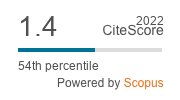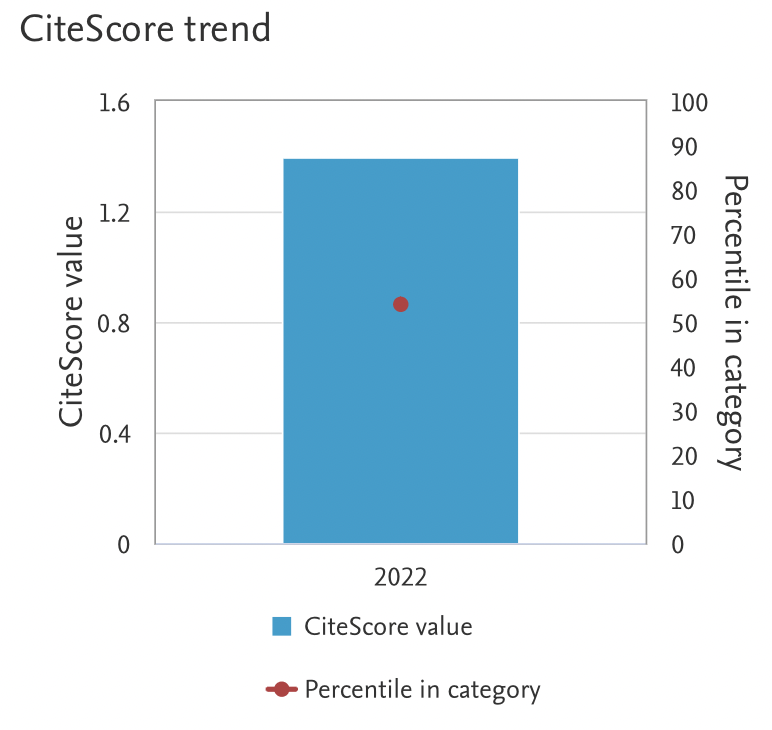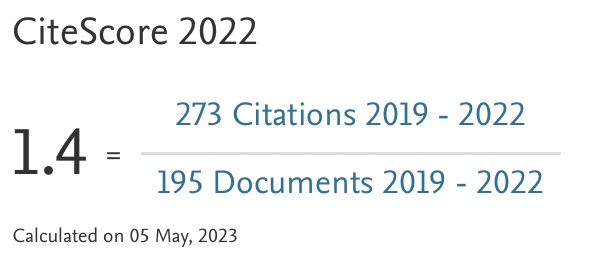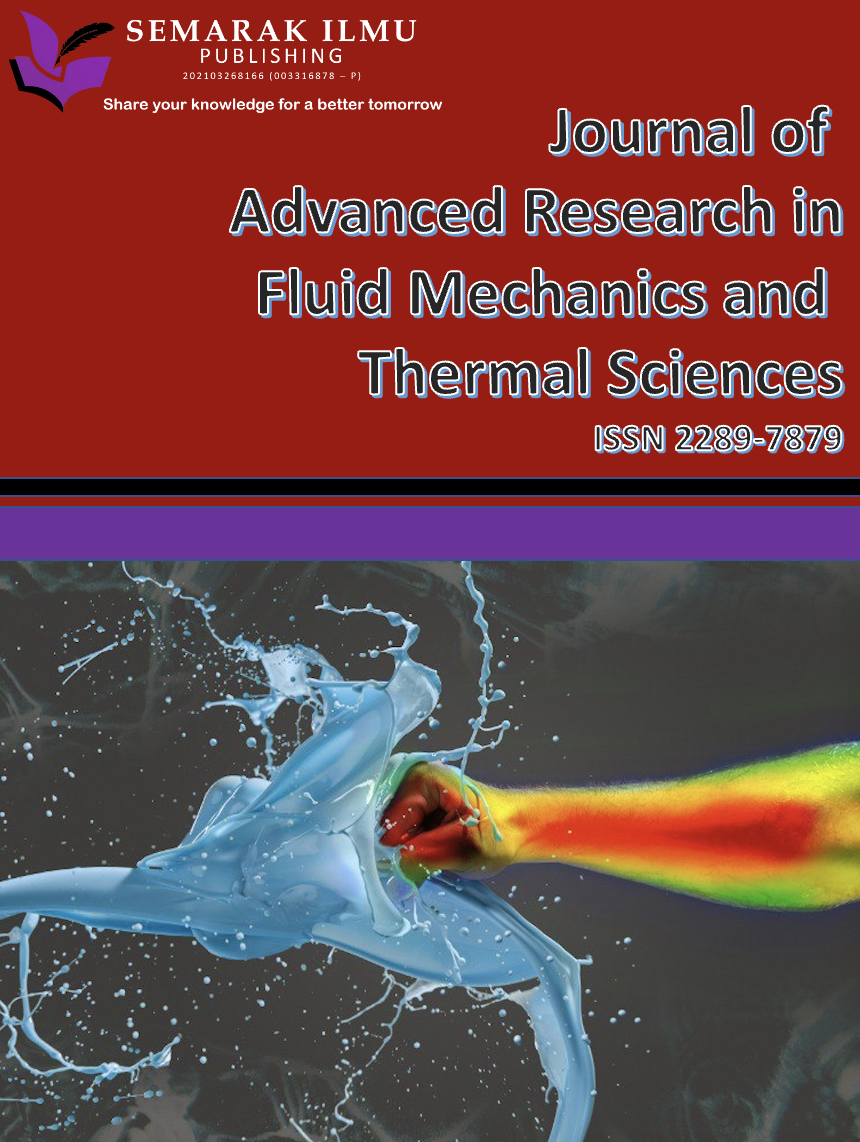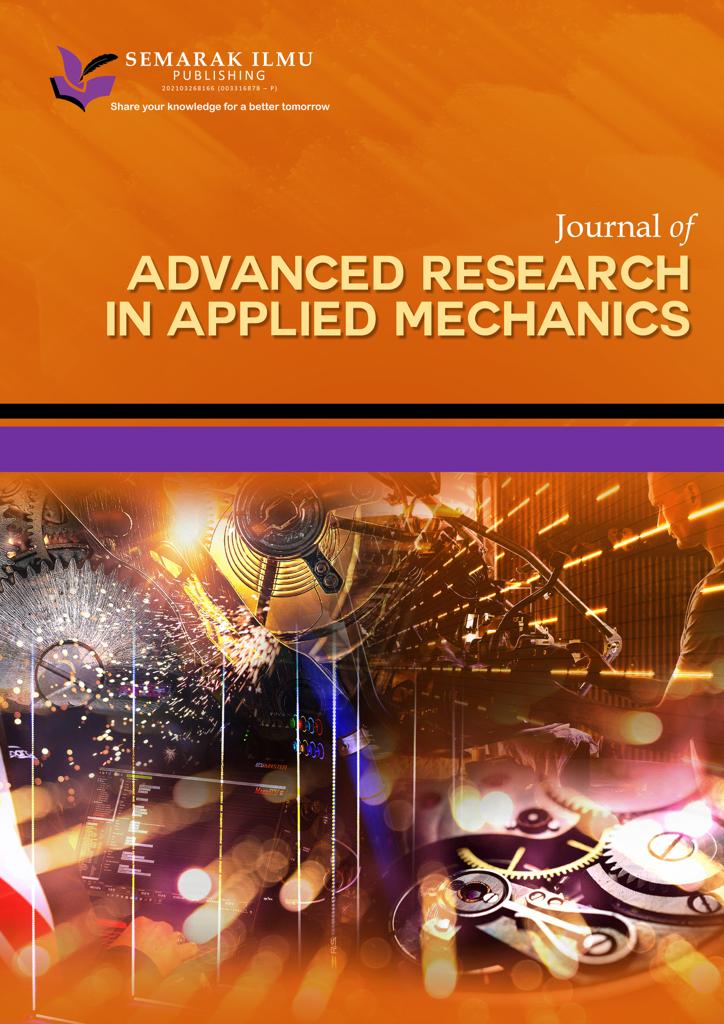Testing Environmental Kuznets Curve (EKC) Hypothesis in ASEAN Countries: Evidence based on STIRPAT Framework with Cross-Sectional Dependency
DOI:
https://doi.org/10.37934/araset.46.2.227238Keywords:
Environmental Kuznets curve, Pollution, STIRPAT framework, Cross-sectional dependency, Heterogenous modelAbstract
To date, many studies have been conducted to discover the factors influencing the decline in environmental quality. Like other countries, ASEAN countries also experience pollution issues in pursuing economic progress. The STIRPAT model is a framework often used to investigate the relationship between the related variables. Thus, this study uses data on CO2 emissions, gross domestic products, trade openness, renewable energy and urbanization for seven selected ASEAN countries from 1995-2019. The aims of this study are to identify the factors that affect pollution among ASEAN countries, to model the long-term relationship between pollution and its related factors by considering interdependence among ASEAN countries and to investigate if EKC exists among the countries. The findings confirm that there is a cross-section dependency for ASEAN countries. The Westerlund cointegration test shows that the variables are cointegrated in the long run. Heterogeneous models that consider the effect of dependence between countries are used for estimation. The common correlated effects mean group (CCEMG) is seen as the best estimator compared to the augmented mean group (AMG) and mean group (MG) by having the smallest RMSE value. The estimated coefficient proves that there is a positive dependence on CO2. Interestingly, this study also proves that the Environmental Kuznets curve (EKC) exists among ASEAN countries. It suggests that economic growth can initially exacerbate environmental problems, but it also implies that as countries continue to develop economically, they may have the resources and incentives to implement environmental policies and regulations that can mitigate ecological degradation. Overall, it can be concluded that there is a dependency or similar behaviour between ASEAN countries on the issue of environmental quality. Therefore, to achieve ecological sustainability, cooperation from neighbouring countries is necessary.





